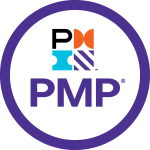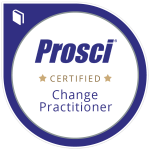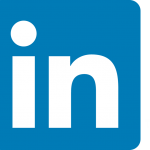The Calculus of Capabilities- An integrated maturity model
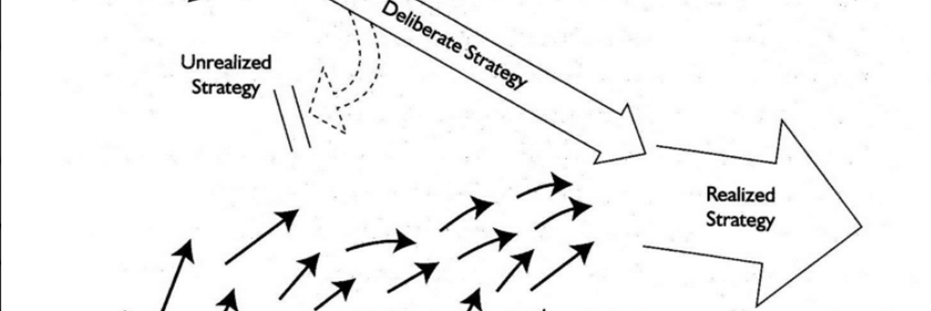
We present two foundational, integrated maturity frameworks as a follow-up to our previous post “The Calculus of Capabilities“, where we explored various capability maturity models (CMMs) by reverse engineering nearly 20 common CMMs.
Great Teams Require Great Communication
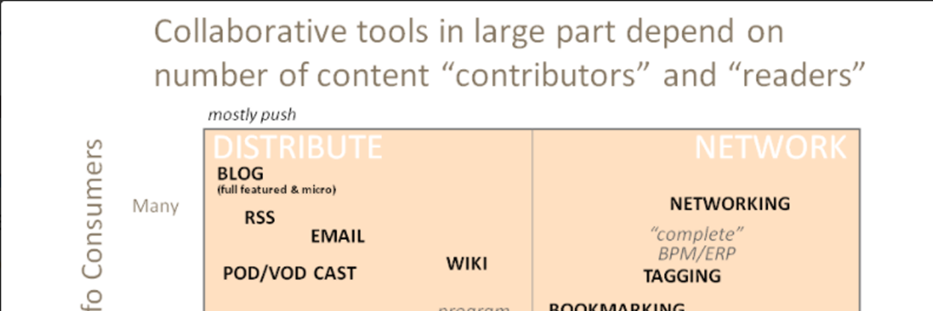
Great teams require great communication, as communications is highly correlated with team success. We developed an analytic frame to consider the number of contributors versus the number of readers. We then mapped current enterprise uses and common tools to illustrate “neighborhoods” of communication.
Improved Vetting: Social-Business-Inside-The-Enterprise Case Study

Social business methodologies applied inside the enterprise are highlighted in this case study. The case study shares how the engagement delivered on two fronts: 1) business outcomes (WHAT) and 2) social business outcomes (HOW- including capability building). The vetting process engaged a mix of remote (world-wide) and face-to-face (local) leaders and staff very early in the spin-out’s lifecycle, further accelerating the change.
Change Leadership II- Understanding Kotter

We explore Kotter’s body of work, as well as a simple change management framework “The Change Formula” (Need for Change X Vision of Future X Steps > Natural Resistance to Change). We overview Kotter’s framework of 8 accelerators, and the necessity of the dual management operating system
The Strategy Stack

This is 3rd of a 3 article Strategy-Pak(sm) series. Based on our work to align a rapidly growing consultancy of experienced consultants for consistency, and applied clean-sheet to a pre-acquisition, publicly traded company. This article focuses on the structure of the strategy stack from Mission to Vision to Value propositions to Themes to Initiatives and KPIs.
Unpacking Strategy

This is 1st of a 3 article Strategy-Pak(sm) series. Based on our work to align a rapidly growing consultancy of experienced consultants for consistency, and applied clean-sheet to a pre-acquisition, publicly traded company. This article focuses on the overall architecture including a definition of strategy and its component parts
Execution through Processes, Projects and Communities

Focusing on execution, we touch on each common organizing concepts in the following sections: Process; Project (program and project management); Community (purpose, practice and interest). We also quickly discuss the role of organization, followed by what is best organizing concept (considering sponsorship and breadth of collaboration)
Agile Framework for Go-to-Market Execution

We begin by considering the tatical and strategic work to be accomplished within the enterprise. Next up is leadership activity, followed by the architecture of participation (guidance, interactions and routines) of how we manage and work. Agile requires people-enabled network, with different skills and organization; but structure is not organization.
Bringing Social Business Inside the Enterprise: What we have learned (so far)

What we have learned so far about bringing social business inside the enterprise: 1) deliver on two fronts (committed results + capabilties); 2) build the new way into the approach; 3) blend traditional, proven tools and methods with emerging collaborative approaches; and 4) adopt a collaborative platform.
Rapid Assessment Tool

“This multi-level assessment tool can very rapidly provide a picture for leadership from different perspectives, including any misalignment between positional and/or functional groups. Results can be viewed in the aggregate or from any combination of demographic splits.”

